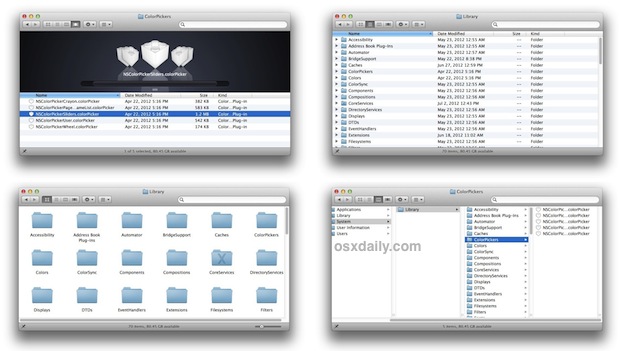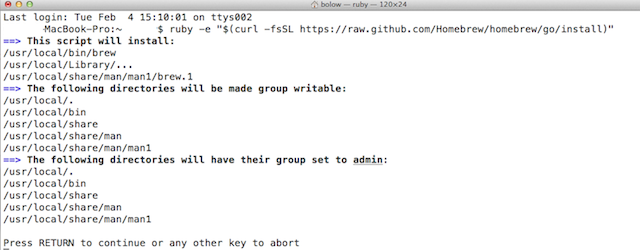It is possible to use apt-get on OS X 10.9 like Deb based Linux using a third party software named Fink - How to Install apt-get on Mac OS X. However, unlike Homebrew and OS X Package Managers, Fink does not use /usr/local/ path to install software.
- Mac OS X doesn’t have apt-get. There is a package manager called Homebrew that is used instead. This command would be: brew install python. Use Homebrew to install packages that you would otherwise use apt-get for. The page I linked to has an up-to-date way of installing homebrew, but at present, you can install Homebrew as follows.
- Apple's Terminal provides you with a UNIX command line inside the OS X environment. You can enter the open command here to open any application, or to open a file with the application of your choice. There are several ways to adjust this command to suit your purposes, including the ability to host the application in your Terminal window.
Question or problem about Python programming:
I was watching this, and, as you can see, the first command I am told to put in is:
When I do this, it outputs:
I have no idea why this is the case.
How can I resolve this so I am following the tutorial correctly?
How to solve the problem:
Solution 1:
Mac OS X doesn’t have apt-get. There is a package manager called Homebrew that is used instead.
This command would be:
brew install python
Use Homebrew to install packages that you would otherwise use apt-get for.
The page I linked to has an up-to-date way of installing homebrew, but at present, you can install Homebrew as follows:
Type the following in your Mac OS X terminal:
/usr/bin/ruby -e “$(curl -fsSL https://raw.githubusercontent.com/Homebrew/install/master/install)”
After that, usage of Homebrew is brew install <package>.
One of the prerequisites for Homebrew are the XCode command line tools.
- Install XCode from the App Store.
- Follow the directions in this Stack Overflow answer to install the XCode Command Line Tools.
Background
A package manager (like apt-get or brew) just gives your system an easy and automated way to install packages or libraries. Different systems use different programs. apt and its derivatives are used on Debian based linux systems. Red Hat-ish Linux systems use rpm (or at least they did many, many, years ago). yum is also a package manager for RedHat based systems.
Alpine based systems use apk.
Warning
As of 25 April 2016, homebrew opts the user in to sending analytics by default. This can be opted out of in two ways:
Setting an environment variable:
- Open your favorite environment variable editor.
- Set the following:
HOMEBREW_NO_ANALYTICS=1in whereever you keep your environment variables (typically something like~/.bash_profile) - Close the file, and either restart the terminal or
source ~/.bash_profile.
Running the following command:
the analytics status can then be checked with the command:
Solution 2:

As Homebrew is my favorite for macOS although it is possible to have apt-get on macOS using Fink.
Solution 3:
MacPorts is another package manager for OS X:.
Installation instructions are at The MacPorts Project — Download & Installation after which one issues sudo port install pythonXX, where XX is 27 or 35.

Solution 4:
Conda can also be used as package manager. It can be installed from Anaconda.
Alternatively, a free minimal installer is Miniconda.
Solution 5:
Alternatively You can use the brew or curl command for installing things, wherever apt-get is mentioned with a URL…
For example,